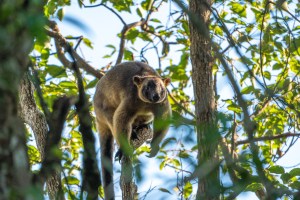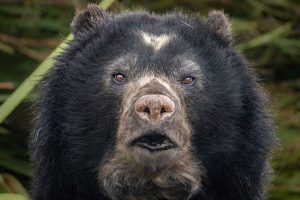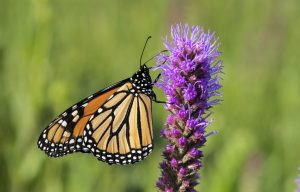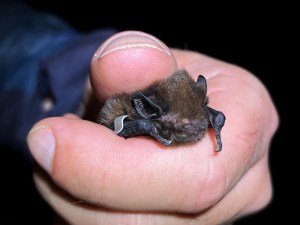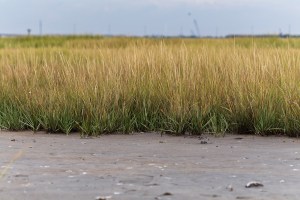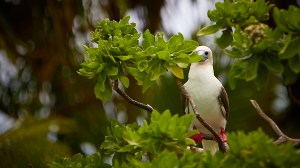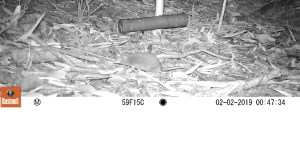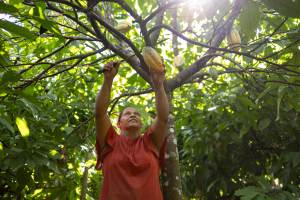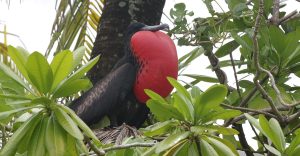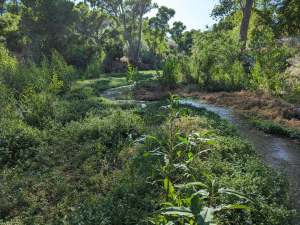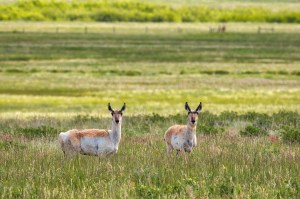Discover stories in Habitat Loss
Meet the Kangaroos That Live in Trees
Tree-kangaroos are one of the world’s most bizarre and fascinating mammals.
Meet the Spectacled Bear: South America’s Only Bear
South America’s only bear species is under threat from habitat loss, fragmentation, and hunting. Scientists are working hard to study—and protect—this remarkable species.
Pit Stops on the Monarch Flyway: Arkansas Partnership Benefits Pollinators
Restoring pollinator habitat on TNC Preserves to provide critical stops for monarch butterflies to nest and feed.
Tracking the Tiny Bats of Aotearoa
Join scientists for a night of bat trapping in New Zealand, where predator control is helping to protect the country's only endemic land mammal.
Humboldt Penguins on the Edge
Next time you’re in need of an odd animal fact to fill a conversational lull, consider the nesting preferences of the Humboldt penguin.
The Overlooked Carbon Storage Potential of Tidal Marshes
Tidal marshes may not build forests, but they do build soil. And in that soil they trap, deposit and secure carbon. A whole lot of carbon.
Coconut Palms Dominate Over Half of Pacific Atoll Forests
First study of its kind shows that decades of coconut palm agriculture have led to deforestation on over 80 percent of Pacific atolls, and coconut palms now cover more than half of the atolls' forested areas.
Caught on Camera: the Long-Nosed Chilean Shrew Opossum
Camera traps in the Valdivian Coastal Reserve document an increase in sites where one of Chile's least-known marsupials is known to live.
Brazilian Family Farmers Use Agroforestry to Improve their Lands and Livelihoods (and Help Fight Climate Change)
Natural climate solutions, like agroforestry, can help protect biodiversity and contribute to the reductions needed to mitigate climate change.
Small but Mighty: Pacific Island Atolls are Globally Important Sites for Tropical Seabirds
Global conservation efforts largely overlook the important contributions of atolls to the protection, restoration, and survival of tropical seabirds.
Mapping the World’s Groundwater-Dependent Ecosystems Reveals Protection Gaps
A first-of-its-kind global map shows 53% of groundwater-dependent ecosystems are in areas of known groundwater depletion, and likely at risk.
Pronghorn Place: Preserve Protects Wildlife Migration Route
On Idaho's Flat Ranch Preserve, pronghorn have room to roam.
